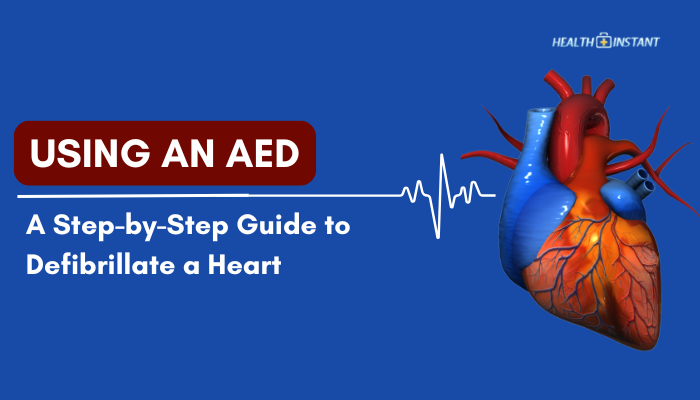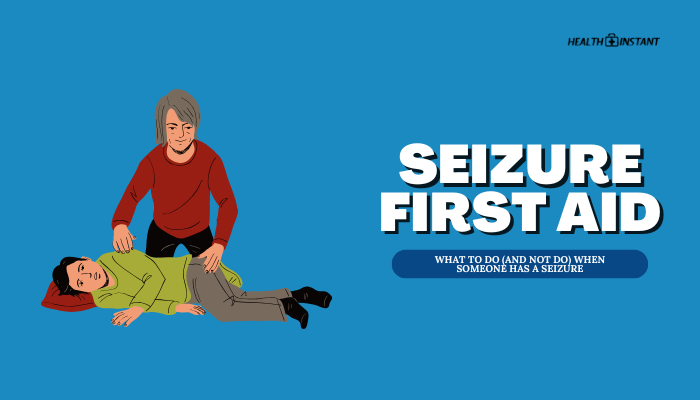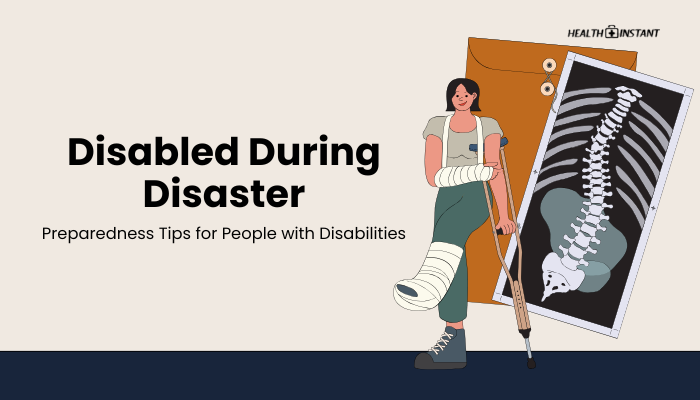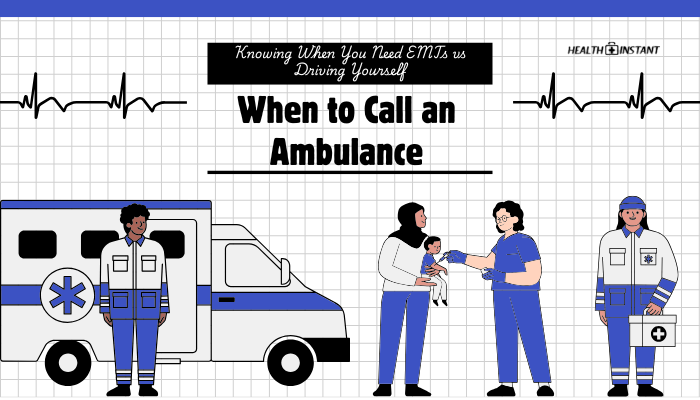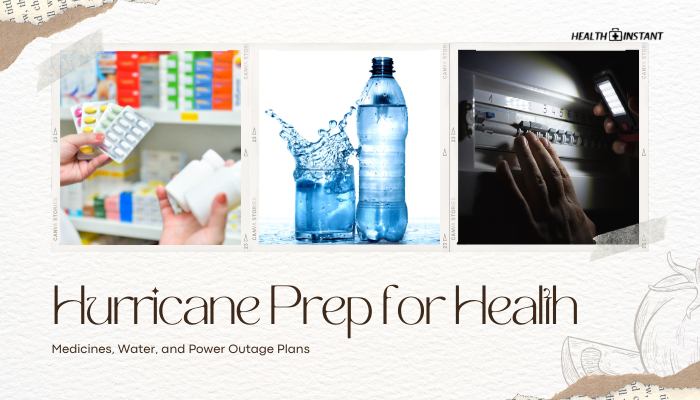Introduction
In sudden cardiac arrest, the heart’s electrical system malfunctions, causing an irregular heartbeat—or none at all. Victims can lose consciousness within seconds, and survival depends on immediate intervention.
While Cardiopulmonary Resuscitation (CPR) is crucial, an Automated External Defibrillator (AED) can greatly increase the likelihood of restoring a normal heart rhythm. This guide outlines simple, effective steps to use an AED, enabling bystanders and workplace responders to act confidently until medical professionals arrive.
What Is an AED and Why It Matters
An Automated External Defibrillator (AED) is a portable device that analyzes the heart’s rhythm and, if necessary, delivers an electric shock to correct a life-threatening arrhythmia (ventricular fibrillation or pulseless ventricular tachycardia). Key points:
- User-Friendly: AEDs provide voice or visual prompts guiding you through each step, making them accessible even to those with minimal training.
- Time-Sensitive: Each minute without defibrillation reduces a victim’s survival chances by about 7–10%.
- Location: AEDs are often found in public spaces such as airports, malls, gyms, offices, and schools.
When to Use an AED
Use an AED if:
- Cardiac Arrest is suspected: The person is unresponsive, not breathing, or only gasping.
- No Pulse is detectable, and the victim shows no signs of life.
- Recommended by 911/EMS: If emergency dispatch instructs you to use it.
When in doubt, follow local protocols and the AED’s guidance. It will only deliver a shock if the device identifies a shockable rhythm.
Preparing for AED Use
- Check the Scene: Ensure it is safe from hazards (e.g., traffic, live electricity).
- Call Emergency Services: Dial emergency numbers or delegate someone else to do so.
- Begin CPR: If multiple rescuers are present, one starts CPR while another retrieves and sets up the AED.
Step-by-Step: How to Operate an AED
Step 1: Confirm Cardiac Arrest and Call Emergency Services
- Tap and Shout to check responsiveness.
- No Response? Look for chest movement or breathing.
- Call 911 (or local equivalent) immediately, or instruct a bystander to call.
Step 2: Turn On the AED
- Open the AED or press the “on” button.
- Voice Prompts Begin: Follow the device’s instructions carefully.
Step 3: Expose the Chest and Place Pads
- Remove Clothing or cut open the shirt to expose the chest.
- Dry the Skin if wet.
- Attach Electrodes: Position one pad on the upper right side of the chest, above the nipple; place the second pad on the lower left side, beneath the armpit (or follow the diagram on the AED pads).
Step 4: Stand Clear and Let AED Analyze
- AED Analyzes Heart Rhythm: Ensure no one touches the victim.
- Wait for Prompt: The AED will indicate whether a shock is advised.
Step 5: Deliver Shock if Advised
- Look Around: Shout “Clear!” to confirm no one is in contact with the victim.
- Press Shock Button: If the AED says “Shock needed,” press it.
- Shock Delivered: The victim’s muscles may jolt briefly.
Step 6: Resume CPR Immediately
- After the Shock: Begin CPR (chest compressions) right away if the person is still unresponsive.
- Follow AED Prompts: The device will reanalyze after intervals, advising further shocks if required, or urging continued CPR.
Special Considerations
- Wet Surfaces: Quickly dry the chest to improve pad adhesion. Move the victim if they are in standing water, ensuring dryness under them if possible.
- Pacemakers or Implants: Place pads at least an inch away from visible lumps under the skin.
- Medication Patches: Remove transdermal patches (using gloves) and wipe the area before pad placement.
- Children: Pediatric pads or settings (if available) can reduce shock strength. If none, adult pads can still be used on older children.
Maintaining and Storing AEDs
- Check Battery and Pads: Follow the manufacturer’s guidelines. Most devices have an indicator showing if they’re operational.
- Keep It Accessible: Place the AED in a known location, signposted or within public reach.
- Regular Inspections: Some workplaces schedule monthly or quarterly checks to ensure the device is ready.
Getting Trained
- Hands-On Courses: Red Cross, American Heart Association, or local health organizations offer short sessions that provide practice.
- Workplace Training: Many employers sponsor AED/CPR classes.
- Online Resources: Videos can give refreshers, but in-person skill checks remain invaluable.
Conclusion
Knowing how to use an AED is a key life saving skill that can turn bystanders into heroes. By following straightforward voice prompts and maintaining calm, you can help restore a victim’s heartbeat before paramedics arrive. Seek training opportunities, encourage AED availability in public places, and remember these steps—your readiness can drastically increase someone’s chance of survival during sudden cardiac arrest.
References
- American Heart Association. (2021). Guidelines for CPR and Emergency Cardiovascular Care.
- American Red Cross. (2020). Automated External Defibrillator (AED) training resources.
- European Resuscitation Council. (2021). Basic Life Support AED guidelines.
Disclaimer: This article offers general guidance. Always follow local protocols and manufacturer instructions for AED use. Certified training ensures optimal knowledge and readiness to act.

